|
Have you heard of Rauschenberg? I hadn't really before last year but you will almost certainly have seen his stuff. The Tate Modern is currently hosting a large retrospective of his work which runs until 2nd April this year. It is well worth seeing. You will see amongst other things where so many art students rip so many of their ideas off. Indeed you can see the inspiration for many other artists. There is a large amount of energy, joy and humour in Rauschenberg's work, which appealed to me. This is a man who takes his work seriously but not himself. Before I went I had watched Alastair Sooke's really quite good documentary about him, which added to my enjoyment of the show. Watch it if you like. However what struck me is that with Rauschenberg's work looks much better in person (mostly) than it does on screen. The show takes the standard form taking us through Rauschenberg's life and there is much to like from the off. He used to turn stuff he found from the streets of New York into art. I like them. Elemental Sculptures they are called. My favourite was Wood and removable stone, which is a wooden box with a large stone. The stone can be removed. It is a very friendly stone. The next room had a large red and yellow painting, alternating stripes set off with green blobs. Yoicks it was called. There was also a dirt painting which reminded me greatly of Anslem Kiefer. Opposite Yoicks was the strangely titled Cherlene which you can see below left. It is much more impressive in real life being large. To give you an idea of scale you can just make out a stained white tea shirt right of centre, which is an actual T shirt. The light flashes on and off. It is nice to stand in front of it, and simply enjoy it for what it is while playing spot the object. Next was probably my favourite room. A number of small silk screen like prints illustrating Dante's Inferno. Small, intimate and intriguing they really draw you in made better by the slightly foggy nature of them all. I think these were my favourite thing in the whole show. This and the Combines you see in the next room show you where allot of the inspiration that art students shamelessly rip off and do much worse. My theory is it is the joy they like. I am going to steal an idea from him. He adds mirrors to things. I have some copper squares lying around which I may add to things. Work like Gift for Apollo which is a sort of screen on wheels chained to a bucket remained me of Helen Marten, the recent Turner prize winner. The greatest of the combines is the goat which for reasons I can no longer remember is called Monogram (below right). Again it is much more impressive in real life. The painted surface on which it sits has much more dynamism to it and adds much more to the piece than the photo suggests. One of the things that occurred to me looking round this show, is this was one of the markers of what you might call the gallerification of art. That's not to say these pieces can't be bought and put in your home (assuming you have a home enourmous enough) but many of these pieces are designed to be seen in a gallery, to be consumed there. Gift from Apollo is an example of this. Monogram is another as is Gold Structure and the umbrella picture you can see it the bottom right of this blog (although this came from a private collection so presumably it might be displayed in someone's house, but I suspect not). This is not necessarily a bad thing. Just interesting. The most specatular example of this is large square bath of mud. Its about 5 foot square. It is controlled by a magnetic tape machine, of the kind you see controlling the traffic lights in the original Italian Job. At various intervals it causes the mud to bubble and spit mud. It has an odour to it and is great fun. Perhaps he is most famous for his silkscreens. The JFK one (below right) perhaps the most iconic of them. I have find them a bit dull and flat. I think this is because they are based on photographs and I am not that interested in photographs. The show progresses and you get a room with boxes made, one looks like a spaceship. Opposite them large coloured pieces of cloth, inspired by a trip to India. Then there was a room about ROCI. If you don't know what ROCI is you will have to go to the show to find out (or google it). Disappointingly there were few actual ROCI pieces, just some metal sculptures that didn't really call to me.
Rauschenberg continued working right to end of his life and one of my favourite pieces was untitled Scene 2006. Had a nice simplicity to it and revives the tyre track theme that appears in one of his earliest work. In addition to this there are videos of ballet and other events he was involved in, photos of John Cage, a large metal sculpture which included water running into a bath, stuff like that. Its a good show. The energy and the verve is infectious. I can see why he inspired so many people.
0 Comments
Leave a Reply. |
Archives
June 2024
Categories |
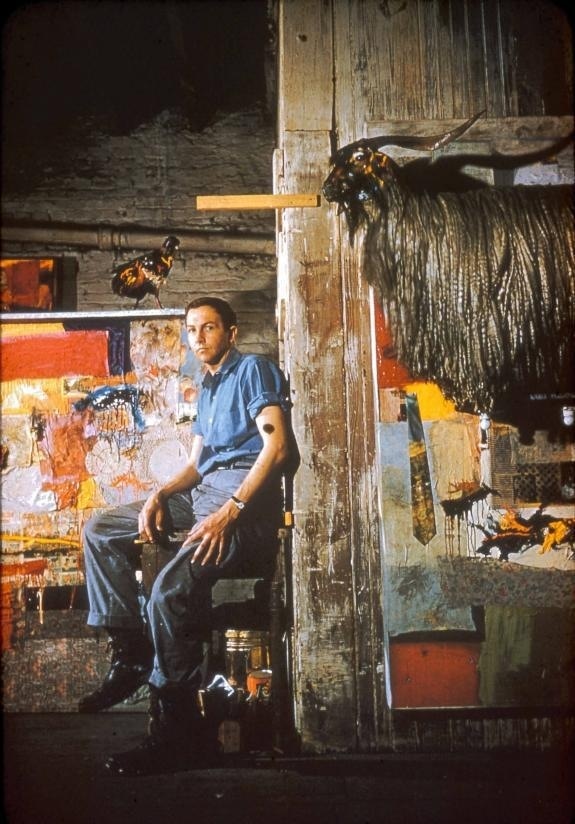

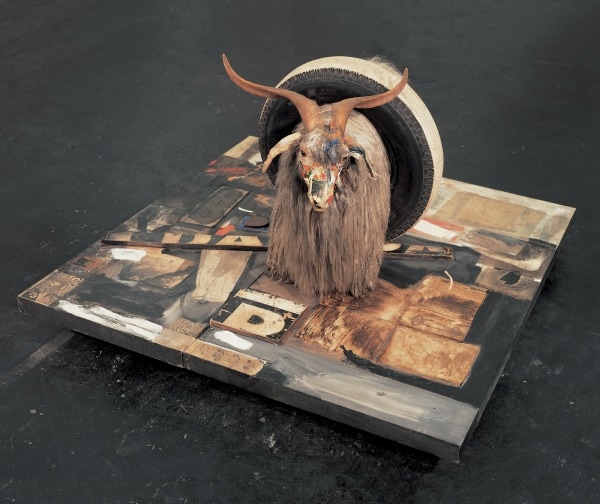

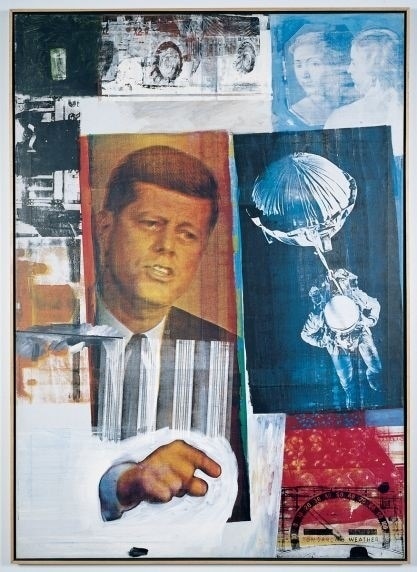
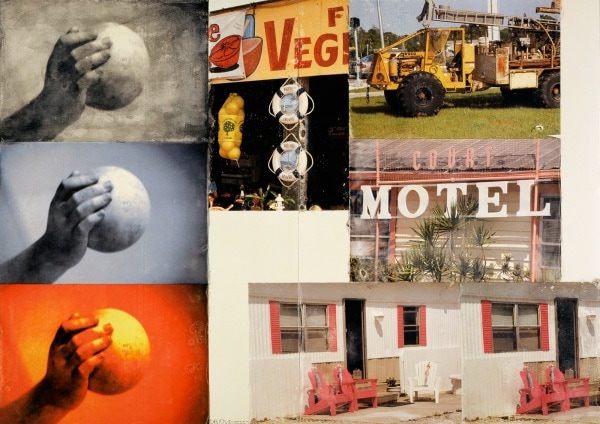
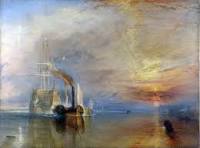
 RSS Feed
RSS Feed